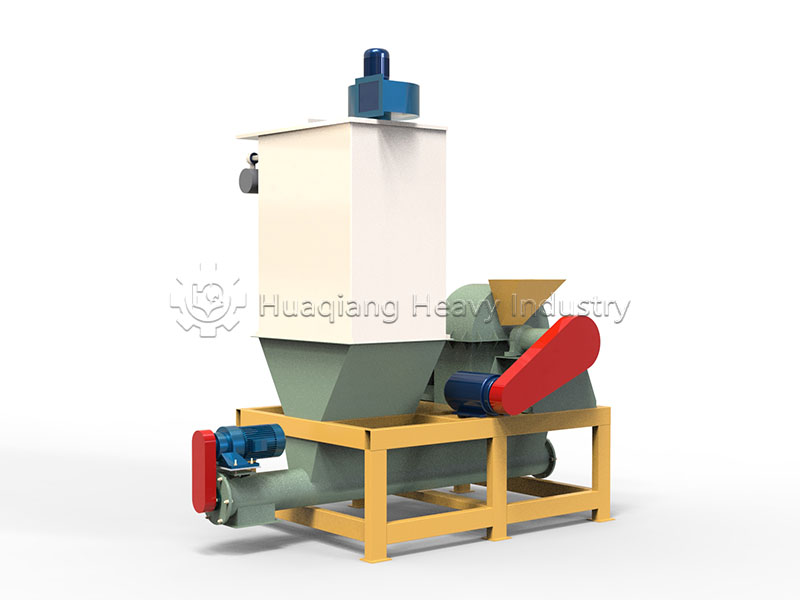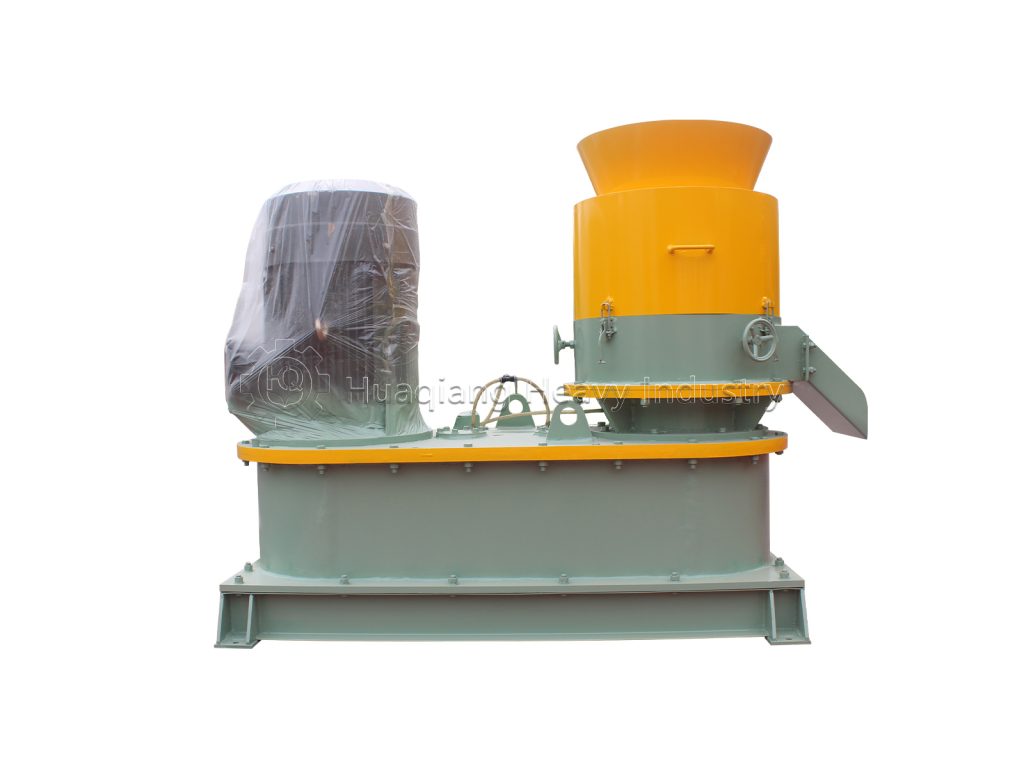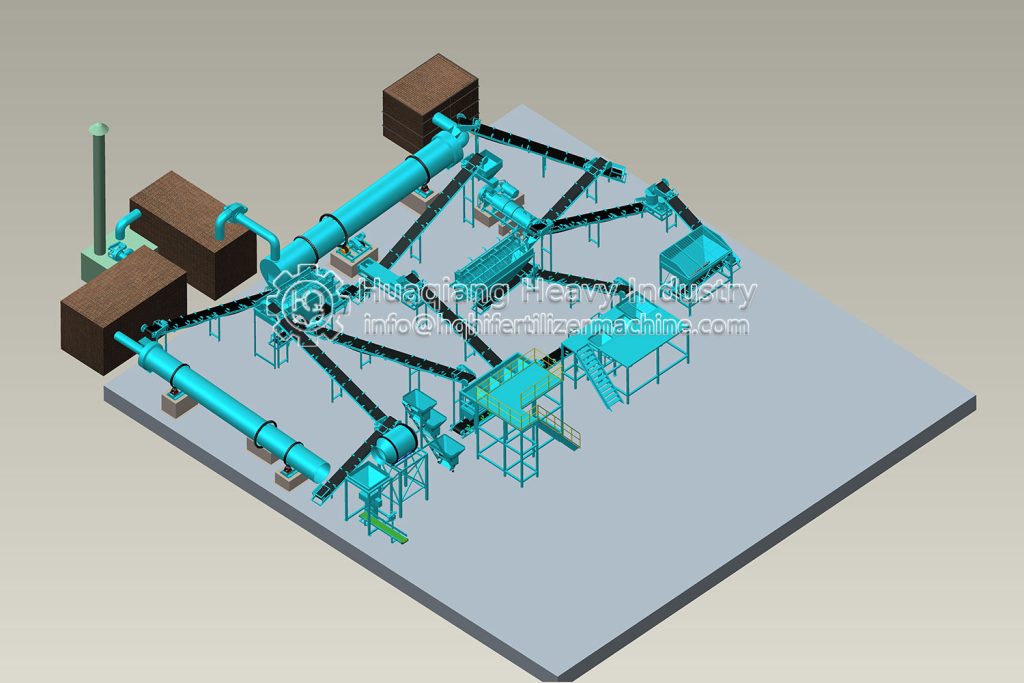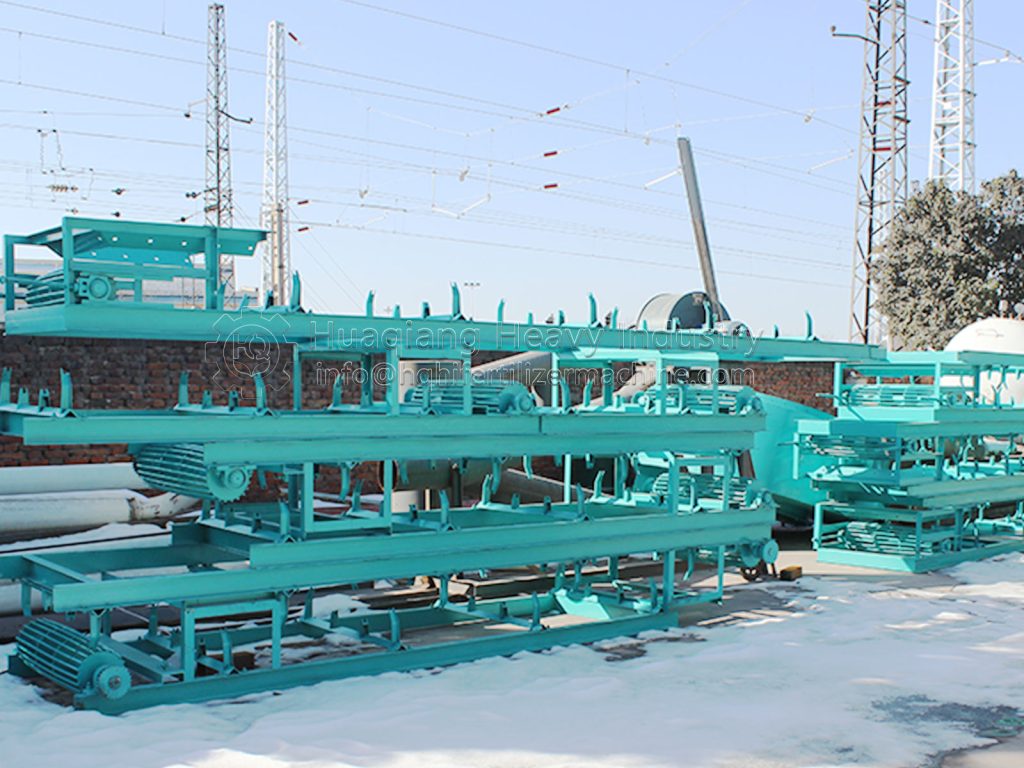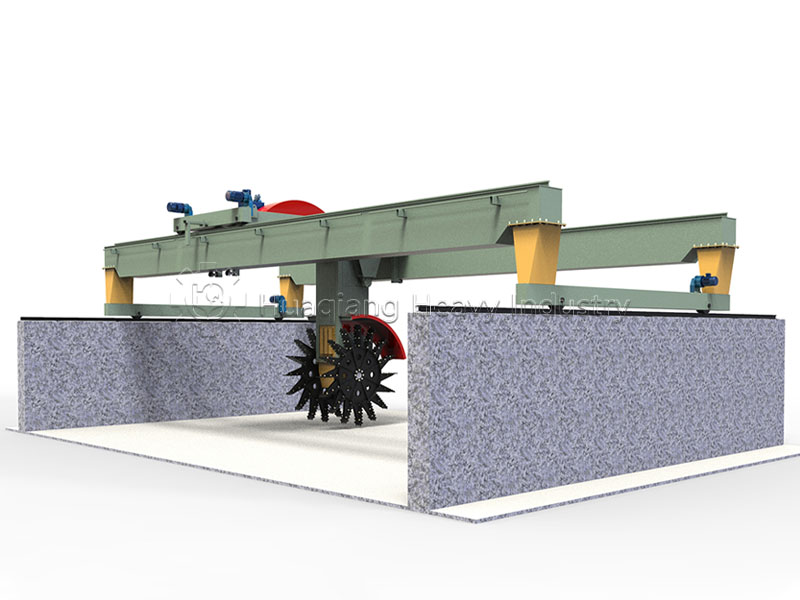The granulation performance of a ring die granulator isn’t solely determined by the equipment itself. Linkage optimization with the front-end crushing, mixing, and conditioning processes can significantly improve production efficiency and pellet quality.
During the crushing process, the raw material particle size must be matched to the ring die aperture. For an 8mm ring die aperture, the raw material particle size should be controlled below 2mm, with a particle size deviation of no more than 0.5mm, to prevent large particles from clogging the die aperture. A grading screen can be installed at the pulverizer outlet, with the screen aperture set to 1/4 the ring die aperture, to ensure uniform particle size and reduce the frequency of granulator downtime for cleaning. If the raw material contains a high amount of coarse fiber (such as straw powder), the pulverizer should use a hammer-type mechanism to enhance crushing efficiency.

The mixing process must ensure uniformity among the raw materials, binders, and nutrients. Uneven mixing can result in insufficient nutrients or insufficient strength in some pellets. A typical requirement for uniformity is a coefficient of variation of ≤7%. This can be achieved by adjusting the mixer speed (30-40 rpm) and mixing time (5-8 minutes). Sampling points should be set up at the fertilizer mixer outlet for hourly testing.
During the conditioning process, the steam supply should be adjusted according to the production speed of the ring die granulator. For example, if the pelletizer processes 5 tons of raw materials per hour, the steam supply should be maintained at a stable 0.3-0.4 tons/hour, monitored in real time by a flow meter. If the pelletizer speed is increased to 6 tons/hour, the steam supply should be increased to 0.45-0.5 tons/hour to prevent the raw materials from being too dry or too wet.
By coordinating the speed and flow of the front-end and pelletizer, production efficiency can be increased by 10%-15%, reducing downtime caused by process disconnects.


